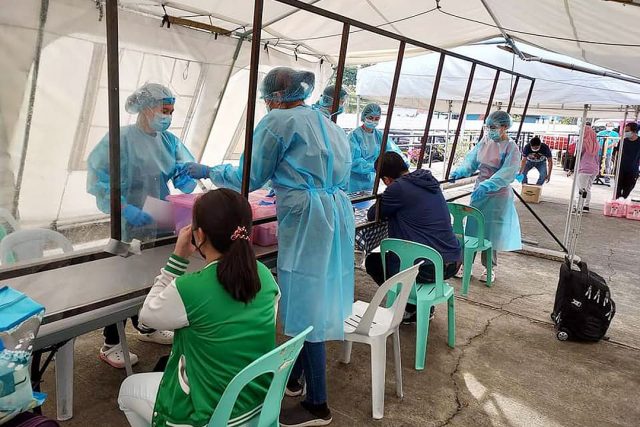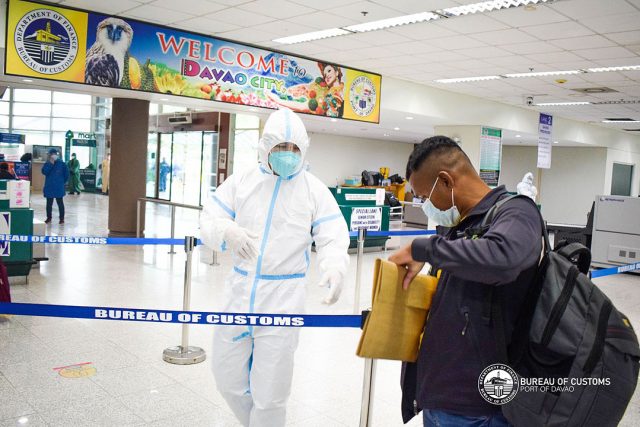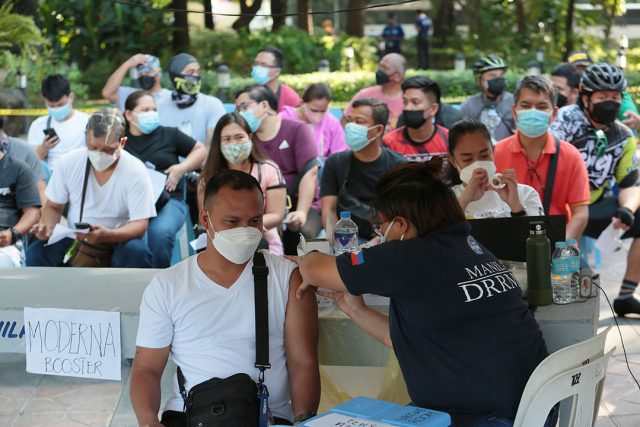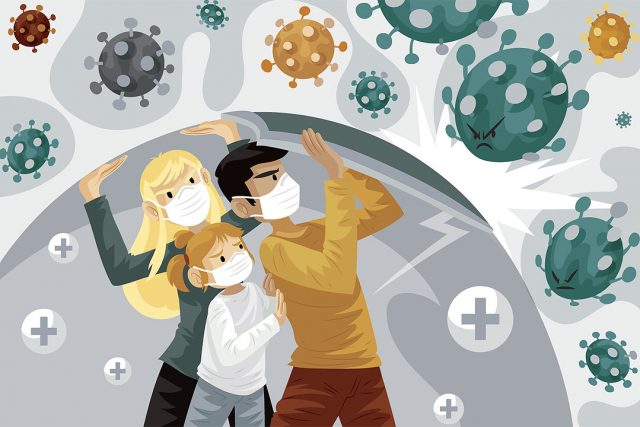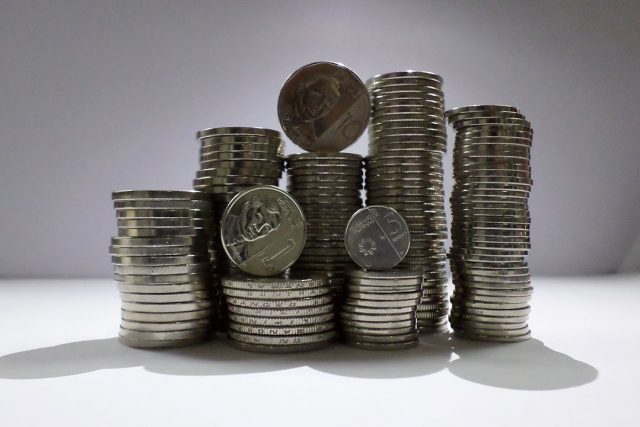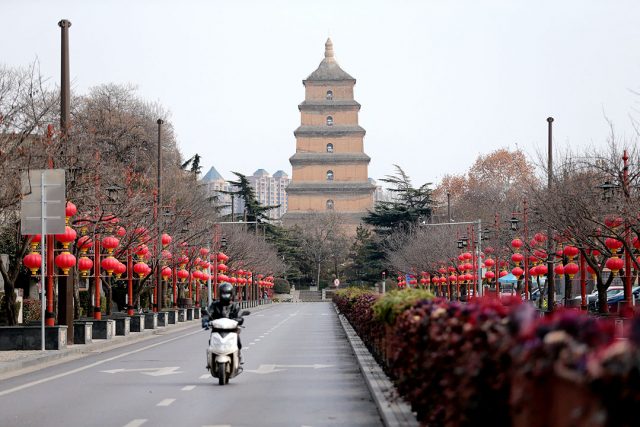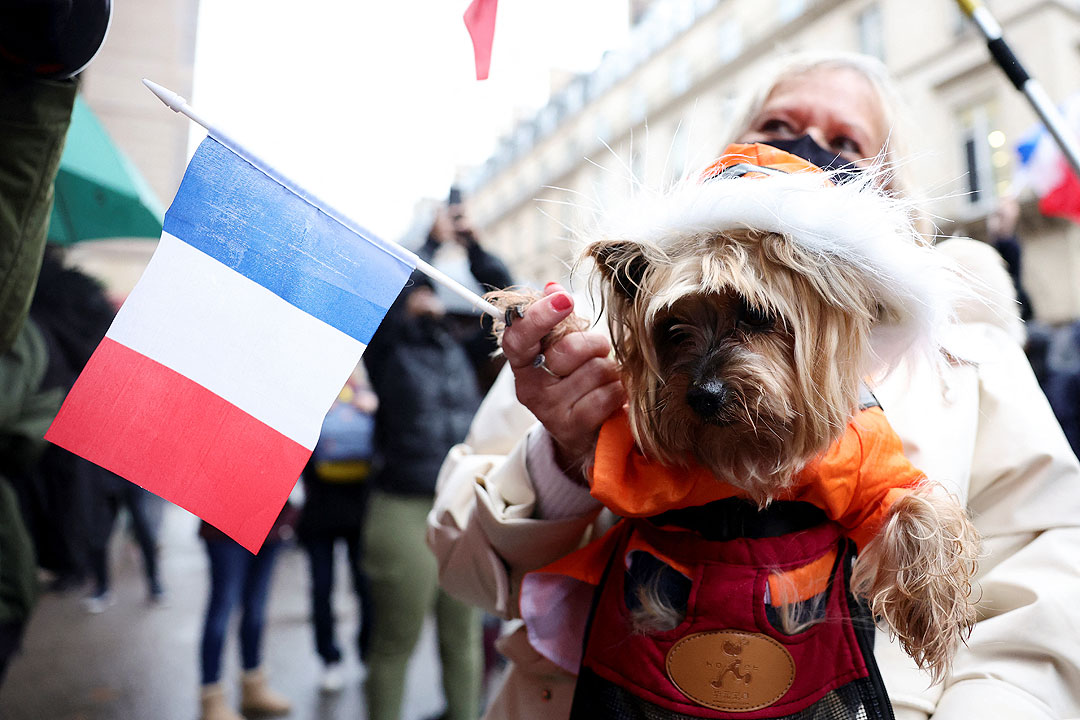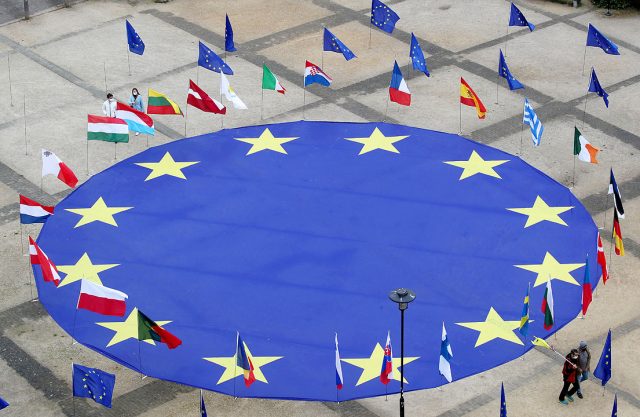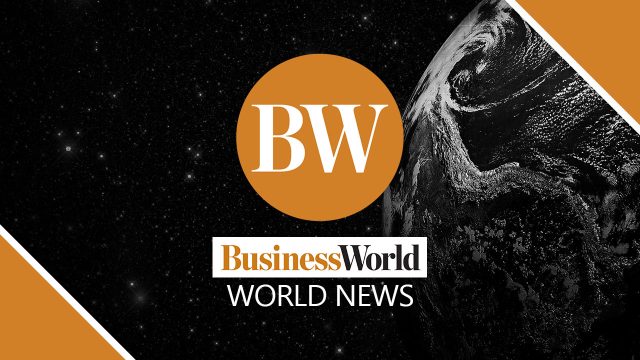The decision of the Duterte government to dissolve the once successful National Competitiveness Council (NCC) and integrate its functions into the Anti-Red Tape Authority (ARTA) proved to be a mistake. The NCC should have been allowed to continue operating.
Although ARTA, under the baton of the attorney Jeremiah Belgica, has made significant headway in minimizing red tape in government agencies, it is lacking the bandwidth to address the multitude of issues needed to lead the country towards higher rankings in competitiveness. Under ARTA’s watch, the Philippines’ standing eroded in terms of overall economic competitiveness, corruption perception, rule of law/justice system, economic freedom, and gender equality, among others indices. Of course, ARTA cannot be blamed for everything. Much of the degradation is the doing of Malacañang’s policies, questionable practices, and corruption scandals.
The NCC was a success because it was hyper-focused and managed professionally. It will be recalled that from its establishment in 2006 until its final days in 2016, the Philippines rose in most competitive indices nearly every year. The country’s steady ascent was most pronounced between 2010 and 2016, under the watch of its private sector co-Chairman, Guillermo “Bill” Luz.
Mr. Luz managed the NCC like a private sector think tank. Although its board of directors consisted of the Secretaries of Trade and Industry, Finance, Energy, Tourism, Education, and NEDA (National Economic and Development Authority), its officers and staff were composed of professionals, mostly from the academe.
The beating heart of the NCC were sectoral working groups that supervised 13 aspects of governance as follows: Agri-Trade Logistics, Anti-Corruption, Anti-Smuggling, Budget Transparency, Business Permits and Licensing, Education and Human Resources Development, ICT Governance, Transport and Trade and Logistics, Judicial System, Infrastructure, Inter-Agency Business Process Interoperability, Performance Governance Systems, and, Power and Energy Services.
These working groups assessed the situation on the ground and formulated action plans to make bureaucratic processes more efficient and more transparent. They worked hand-in-hand with government agencies and/or local government units to implement reforms. Those that had difficulty implementing reforms were subjected to a meticulous mentoring and process coaching exercise. Government units that failed to roll out reforms were brought to the attention of the cabinet secretary in whose jurisdiction they fell. Top-level action ensued to clear the impediments to reforms.
Like a private enterprise, the NCC operated with a well-considered action plan and stealth. They were committed to meet lofty targets on slim timelines.
Unfortunately, ARTA has its hands full with its two core mandates. The first is to assist both National Government agencies and local government units (LGUs) in streamlining their operations, re-engineering their procedures, and digitizing their regulatory management systems. The second is enforcement oversight.
Although it would seem that streaming, re-engineering, and digitization is the cure-all to improve competitiveness, it is only one aspect of it. There are other peripheral issues that must be addressed such as enforcement of contracts, openness of markets, disaster resiliency, monitoring gender equality and discrimination, and many others.
Given the enormity of ARTA’s two core mandates, it is left with little capacity to attend to the peripheral issues that affect competitiveness. The results speak for themselves. After peaking in 2015, the Philippine tumbled in most competitive indices even before the pandemic struck in early 2020. Here is a summary of our pre-pandemic standings:
In the World Economic Forum’s Global Competitiveness Report, the Philippines was deemed the 47th most competitive economy among 138 nations. By 2019, the country’s standing plunged to 64th place. We are in 6th place among ASEAN’s 10 nations, better than Vietnam, Cambodia, Laos, and Myanmar.
In the World Bank’s Ease in Doing Business rankings, the Philippines was in 95th place out of 189 countries evaluated in 2015. Our position deteriorated to 124th place in 2018 before improving to 95th place in 2019. We are in 7th place among ASEAN’s 10 nations, only better than Cambodia, Laos, and Myanmar.
In Transparency International’s Corruption Perception Index, the Philippines was adjudged the 95th most corrupt country among 189 nations in 2015. By 2019, corruption perception worsened and our standing plummeted to 113th place. Again, in ASEAN, we are only better than Cambodia, Laos and Myanmar.
In the World Travel and Tourism Report, the Philippines was at 74th place among 141 countries in 2015. Our standing slipped by one rank to 75th place in 2019.
The World Economic Forum’s Gender Gap Report measures gender equality. The Philippines has always been a global leader in this field, having been ranked the 7th most gender neutral nation in 2015. Our position deteriorated to 16th place in 2019 due to the growing sentiment of misogyny in the executive branch of government.
The Global Innovation Index measures an economy’s capacity to harness technologies to produce goods and services in a cheaper, faster, or better manner. The Philippines was in 83rd position in 2015 and improved to 54th position in 2019. This is one area where the Philippines improved in the last six years.
The World Economic Forum’s Global Information and Technology Index measures future readiness of economies. The Philippines was in 77th place in 2015, falling to 80th place in 2019.
The WJP Rule of Law Index measures a country’s performance in upholding fundamental rights, national security, regulatory enforcement, civil and criminal justice. The Philippines was in 51st position, out of 113 countries in 2015. Our ranking sank to 90th place in 2019.
In terms of Economic Freedom, or the extent by which one can control his or her own labor and property to pursue wealth, the Philippines was 76th place out of 178 nations in 2015. By 2019, our standing was practically unchanged as we ranked 73rd place out of 180 nations.
Soft power refers to a country’s economic and cultural influence in international relations. Our standing remained static here too. We stood at 30th place out of 100 countries in 2015. In 2019, we slipped one notch down to 31st place out of 100 countries.
As we prepare for a new government next year, the next administration will do well to recognize that ARTA is doing a good job in cutting red tape and streamlining bureaucratic processes. Let them carry on with more focus and not be stymied by managing the country’s competitiveness rankings. It makes more sense to reconvene the National Competitiveness Council again according to the think-tank model of Mr. Luz. It is a formula that works.
Andrew J. Masigan is an economist
andrew_rs6@yahoo.com
Facebook@AndrewJ. Masigan
Twitter @aj_masigan


